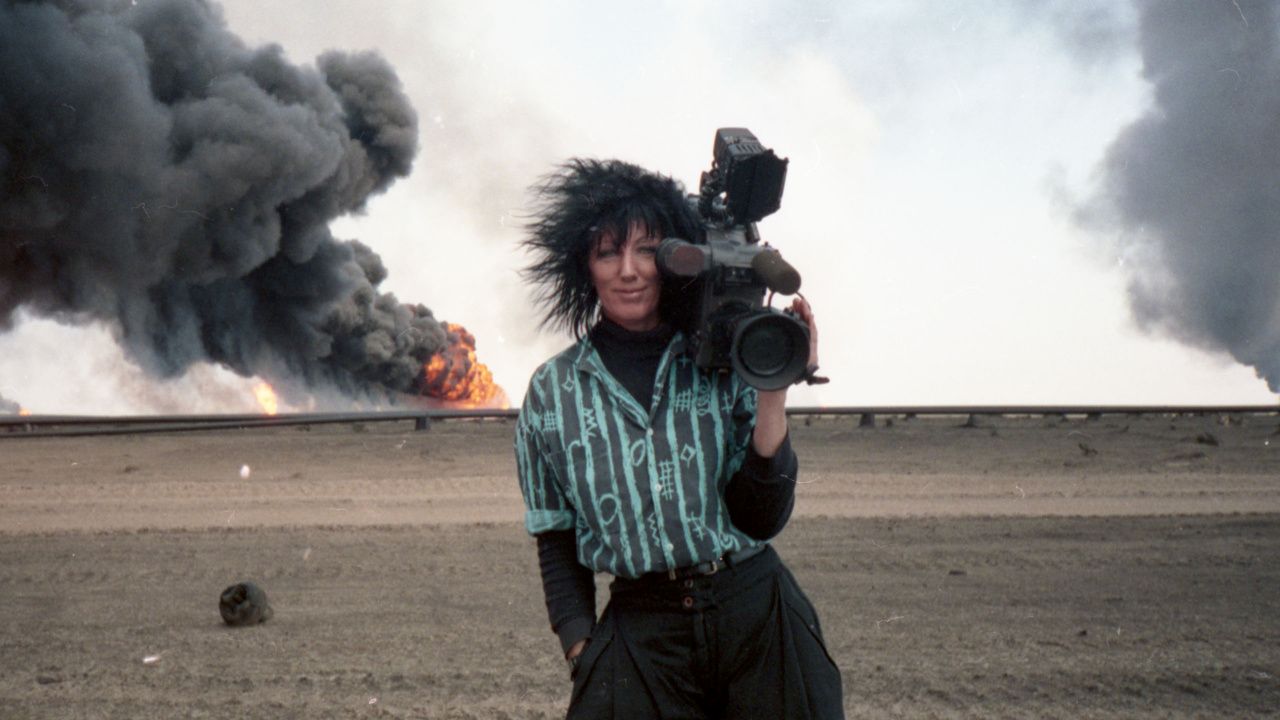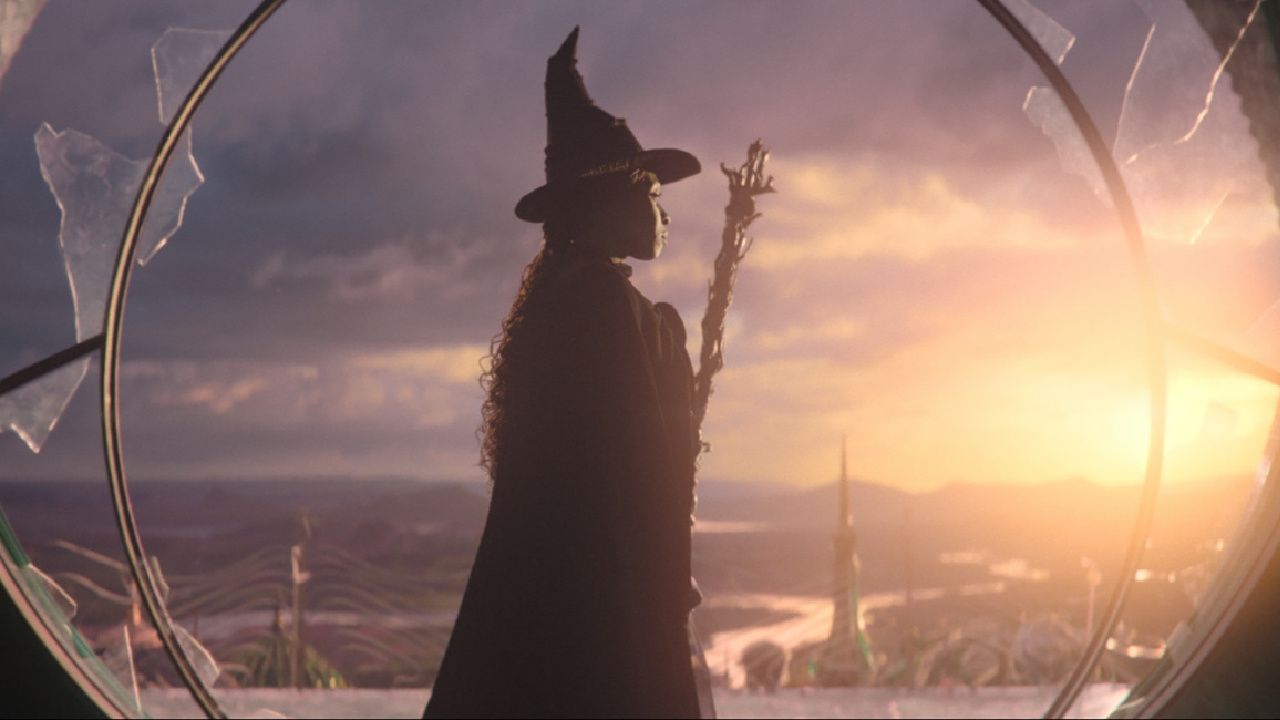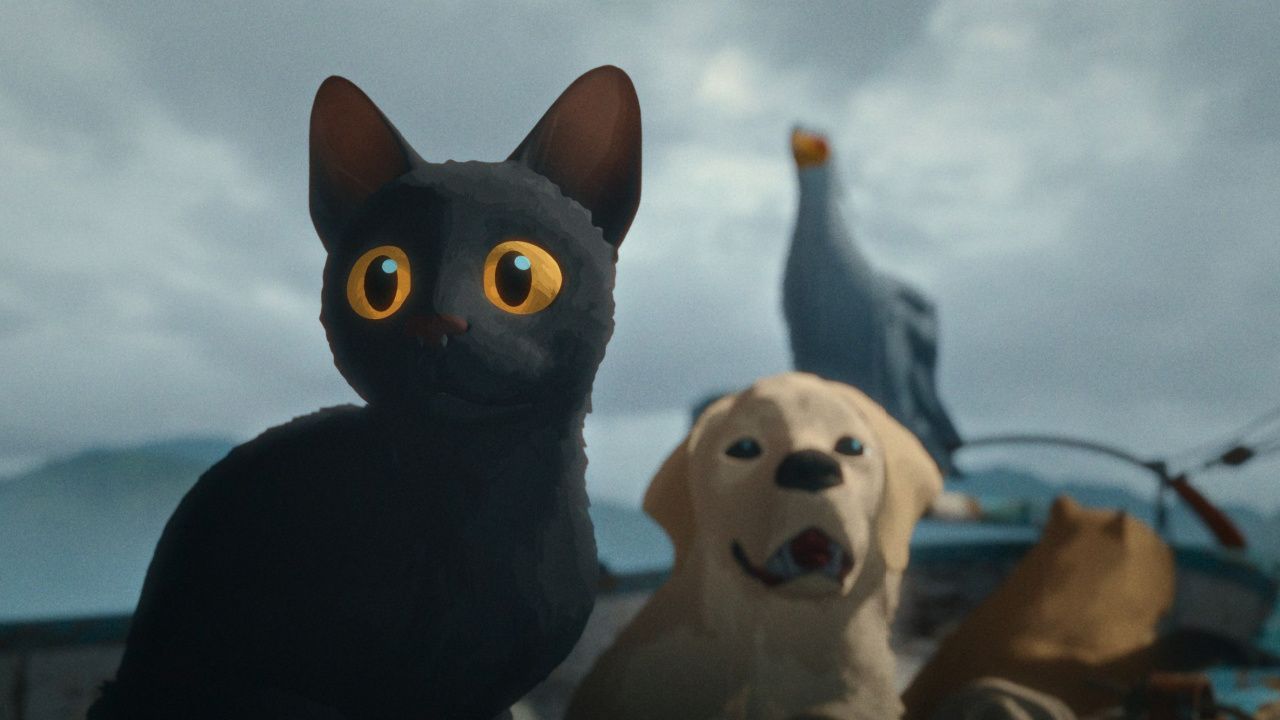Independent Filmmaking Legend Was 98

Roger Corman, the fabled “King of the B’s” producer and director who churned out low-budget genre films with breakneck speed and provided career boosts to young, untested talents like Jack Nicholson, Ron Howard, Peter Bogdanovich, Martin Scorsese, Francis Ford Coppola, Jonathan Demme, Gale Anne Hurd and James Cameron, has died. He was 98.
The filmmaker, who received an honorary Oscar in 2009 at the Governors Awards, died Thursday at his home in Santa Monica, his family told The Hollywood Reporter.
“He was generous, open-hearted and kind to all those who knew him,” they said in a statement. “When asked how he would like to be remembered, he said, ‘I was a filmmaker, just that.’”
Corman perhaps is best known for such horror fare as The Little Shop of Horrors (1960) and his series of Edgar Allan Poe adaptations starring Vincent Price, but he became celebrated for drugs-and-biker sagas like The Wild Angels (1966), which was invited to the Venice Film Festival as the Premiere Presentation.
He also achieved notoriety for producing The Trip (1967), which starred Peter Fonda as a man on an LSD-inspired odyssey. Its controversy delighted Corman, who was one of the first producers to recognize the power of negative publicity.
His blend of sex, nudity, violence and social themes was taken seriously in many quarters, especially in Europe and among film school professors, and in 1964 he was the first American producer-director to be honored at the Cinematheque Francaisee with a retrospective of his movies.
Others considered his work so embarrassingly awful that it deserved lasting notoriety. Take Bloody Mama (1970), for instance; sure, it was a gangster saga about Ma Barker and her thug sons, but the cast included Shelley Winters, Robert De Niro and Bruce Dern.
There are two divergent schools of thought on Corman’s career: 1) That he recognized and nurtured talent or 2) that he exploited youthful talent and never used it to go beyond the rudiments of pushing out quickie product.
Nicholson, then 21, made his big-screen debut in Corman’s The Cry Baby Killer (1958). Corman hired a young Scorsese to direct Boxcar Bertha (1972) and Demme to write Caged Heat (1974). He made new college graduate Hurd his production assistant and later his marketing chief and handed Cameron the job of designing props for Battle Beyond the Stars (1980).
The giant of independent filmmaking also gave Howard a chance to direct his first feature, Grand Theft Auto (1977). When the former child actor complained about the producer’s refusal to pay for more extras, Corman famously said, “Ron, if you do a good job for me on this picture, you’ll never have to work for me again.”
All are proud members of “The Roger Corman School of Filmmaking.”
Roger William Corman was born in Detroit on April 5, 1926, but his family — including his late younger brother Gene Corman, who went on to become an agent and produce several movies with him — moved to Beverly Hills when he was 14.
He attended Beverly Hills High School and graduated from Stanford University in 1947 with a degree in industrial engineering, which he said fostered the type of thinking needed in low-budget production.
He served in the U.S. Navy for nearly three years but found when he was discharged that he had lost his taste for engineering. He took a job at 20th Century Fox as a messenger and worked his way up to story analyst.
Frustrated with that position, he quit and set off for England. He attended Oxford, doing graduate work in English literature. Ultimately, he went on to Paris, where he sold freelance material to magazines. When he returned to the U.S., he worked as a literary agent. Inspired by the utter awfulness of the scripts he read, he decided to try his hand at writing.
“I said to myself that this looked like an easy way to make a buck, so I sat down and spent a lot of nights doing a script called Highway Dragnet,” he once recalled. He sold the script to Allied Artists for $4,000, and it was made into a movie starring Joan Bennett and Richard Conte.
His early movie days were spent in an association with Samuel P. Arkoff’s American International Pictures, which put out cheap genre pictures. Working with Arkoff and his philosophy of dispensing product geared to drive-in audiences instilled in Corman the virtues of telling stories visually and working quickly. He cranked out eight movies in 1956 alone, and from 1955-60, he’s credited with producing or directing more than 30 AIP movies. All were on budgets of less than $100,000, and most were completed in less than two weeks.
He delighted in making genre films, beginning with Westerns: Five Guns West (1955) was his first directing credit, and he followed with Apache Woman (1955) and The Oklahoma Woman (1956). He switched to science fiction and horror, blasting out such gobbled fare as Day The World Ended (1956), It Conquered the World (1956), The Undead (1957), Night of the Blood Beast (1958) and She Gods of Shark Reef (1958). Amid the bloodletting, hokey costumes and bizarre plots were bursts of cheeky humor and campy signs of intelligent life, reflecting Corman’s breezy, comic sensibility.
Ever inventive and calculating, Corman learned how to cash in on topical issues: After the Soviet Union launched Sputnik, he came up with the idea of War of the Satellites (1958). He capitalized on the rock ’n’ roll rebellion of the time, producing such teen pics as Rock All Night, Teenage Doll and Carnival Rock, all released in 1957.
No matter how disparaging the reviews, his movies turned a profit. (His autobiography, How I Made a Hundred Movies in Hollywood and Never Lost a Dime, was first published in 1990.)
Somewhat to his amusement, he also knocked out a critical success with AIP’s Machine-Gun Kelly (1958), which starred Charles Bronson in the title role of the maniacal mobster. On the strength of that film, Fox hired him to do I, Mobster, which was released a few months later.
Not deterred by the ignominy of not being associated with a major studio, the maestro at inexpensive moviemaking continued to serve up lethal does of humor and horror, including A Bucket of Blood (1959) and Little Shop of Horrors, a spoof of horror films that Corman intentionally shot in two days to break a production record. His other work included such schlockers as Creature From the Haunted Sea (1960), Battle of Blood Island (1960) and Last Woman on Earth (1960).
He became bored once he had mastered a genre, relentlessly switching forms. This led to production problems at times, which Corman solved with good-natured dispatch. For one particularly troubled project, a story that had somehow switched from sci-fi to horror and endured the loss of sets, he was left with a hodgepodge of footage that didn’t make sense or have any consistency.
But Corman salvaged the film: He had young actor Nicholson grab a character, throw him against a hall, shake him by the neck and, with his most deranged look, scream, “What the hell is going on here?” The actor then dispensed exposition that somehow tied all the conflicting plots, sets and characters together, and the story moved on to a quick, economical ending.
Corman followed up with heap blood-spillers directed by young novices, including: Dementia 13 (1963), directed by Corman assistant Coppola, who wrote in a Hitchcock-style, ax-murder scene; the violent Targets (1968), helmed by Bogdanovich, who had earned his Corman spurs by scouting locations for The Wild Angels; Death Race 2000 (1975), directed by Paul Bartel, which careened along the black-humor road and featured no-name Sylvester Stallone as the arch-villain, Machine Gun Joe Viterbo; and Rock ’n’ Roll High School (1979), directed by Allan Arkush, starring Bartel as a snide music teacher at Vince Lombardi High School, which the kids blow up in a Poe-style, flaming frenzy.
Ever restless, Corman ventured into weightier territory, producing The Intruder (1962), a hard look at racial prejudice. It was his first “message” film, and he financed it himself when the major distributors balked at the subject. The story centered on a hatemongering racist (William Shatner) who organized violent opposition to court-ordered school desegregation. It used the N-word in a realistic, non-gratuitous manner, but the film was denied the Production Code’s seal and screened in only a few movie houses in the country.
Although it received commendations from such critics as The Hollywood Reporter‘s Arthur Knight and The New York Times’ Bosley Crowther, it was to be Corman’s first money-losing film. He vowed never again to make a movie with “so obviously a personal statement.”
He went on to sign a deal with Columbia Pictures in the mid-1960s but grew dissatisfied with its low-budget assignments and returned to AIP to do The Wild Angels. Made on a reported budget of $360,000, it grossed more than $25 million.
After Bloody Mama, he withdrew from directing in 1970 to form New World Pictures, a production and distribution company geared to low-budget, campy movies aimed at young audiences. Despite industry ridicule, his formulaic send-ups made money, among them Women in Cages (1971), The Velvet Vampire (1971) and Night Call Nurses (1972).
Corman had certain aesthetic rules and qualitative guidelines, which he delivered with his characteristic insouciance: “In science fiction films, the monster should be always be bigger than the leading lady.” He pioneered such cinematic staples as the girls’ shower scene, usually the second scene in a Corman teen film. He insisted his directors practice proper professionalism: namely, always have the girls lather up their arms and stomachs so as not to obscure the integrity of the breast shots.
Surprising to some, but consistent with his restless nature, Corman switched gears: He sought out sophisticated foreign films. Through New World, he began to distribute overseas films that the majors were too timid, or too weighted down by marketing wisdom, to distribute. He used his cheeky, mass marketing sensibility to release Bergman’s Cries and Whispers (1972), Fellini’s Amarcord (1974), Truffaut’s The Story of Adele H. (1975), Kurosawa’s Dersu Uzala (1975) and Herzog’s Fitzcarraldo (1982).
These films enjoyed regular runs in Los Angeles at the Nuart Theater, not far from Corman’s home; long lines of film students and movie buffs convened to see such fare in the 1970s.
In the early ’80s, he sold off New World, which came to be run by former Academy president Robert Rehme. Corman then formed Concorde Films and New Horizons Films and produced a number of low-budget movies with his wife, Julie, whom he married in 1970.
He had a producing credit on more than 400 projects, with more recent efforts including Attack of the 50ft Cheerleader (2012) and the 2014 TV movie Sharktopus vs. Pteracuda.
His graduates have affectionately cast him in cameo roles, including Coppola in The Godfather: Part II (1974) and Demme in The Silence of the Lambs (1991), Philadelphia (1993) and Rachel Getting Married (2008).
In March 2015, Corman and his wife filed a lawsuit in Los Angeles Superior Court saying they lost up to $60 million when their money was mismanaged by an investment fund. They later said that damages ran as high as $170 million.
In addition to his wife, survivors include their children, Catherine and Mary.
In his Oscar acceptance speech, Corman applauded those in the world who take risks.
“Many of my friends and compatriots and people who’ve started with me are here tonight, and they’ve all succeeded,” he said. “Some of them succeeded to an extraordinary degree. And I believe they’ve succeeded because they had the courage to take chances, to gamble. But they gambled because they knew the odds were with them; they knew they had the ability to create what they wanted to make.
“It’s very easy for a major studio or somebody else to repeat their successes, to spend vast amounts of money on remakes, on special effects-driven tentpole franchise films. But I believe the finest films being done today are done by the original, innovative filmmakers who have the courage to take a chance and to gamble. So I say to you, ‘Keep gambling, keep taking chances.’”
Read the original article here






